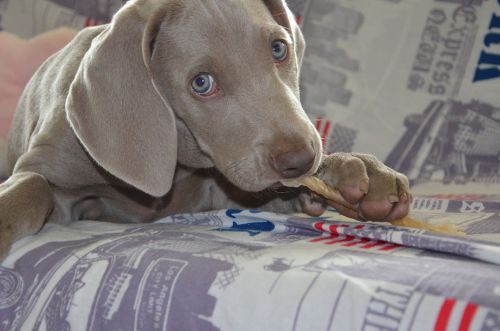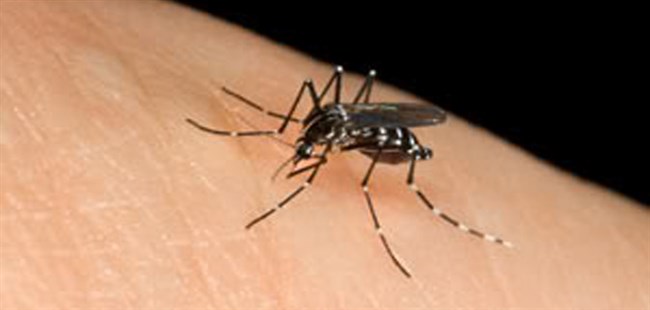Dealing With Other Injuries
Accidents can happen at any time and in any place, even if every reasonable safety precaution has been taken. Children are at risk because they have less of a sense of danger than adults, who must be prepared for anything.
Animals, including humans, have germs always treat animal bites immediately start in their mouths, and bites can not only by cleaning the wound thoroughly. Take every break the skin but can also cause infection, precaution to avoid being bitten yourself.
Tetanus & Rabies
• Tetanus This produces toxins in the nervous system and is a serious illness. It can be caused by organisms in the soil getting into cuts and bites. Immunization against tetanus is part of a childhood immunization schedule. Adults need boosters every 10 years.
• Rabies This is a potentially fatal disease that is spread by infected animals. If you are bitten or licked on broken skin where rabies is a danger, seek medical help, even if the animal does not look infected.
Treating a Bite
• Wash the wound in soap and water. Hold it under a running tap for five minutes to remove as much dirt and as many germs as possible
Treating Minor Animal
Wash a minor bite wound in soap and water. Then hold it under a running tap for at least five minutes to rinse away any dirt and reduce the risk of germs.
Bleeding
• Press a clean dressing or pad firmly on the wound. Raise the affected part above the level of the heart. If the bleeding is severe, follow the procedure for dealing with major wounds
• When die bleeding stops, cover the wound with a sterile dressing or with a pad bandaged firmly in place. Take the victim to the hospital. Do not assume that the wound will heal on its own since it may have been infected by germs from the animal.
Bites
Pat the wound dry with a clean gauze pad or tissues. Do not apply any ointment or tincture. Cover with an adhesive bandage or sterile dressing. The wound should be checked by a doctor in case there is any infection
Warning
Rabies can be fatal, Treat all animal bites that occur in areas where rabies exists as dangerous, and seek medical attention immediately
Snake Bites
Indications of a snake bite include a pair of puncture marks, severe pain, redness and swelling around the wound, vomiting, and breathing difficulties. Seek medical help immediately.
Treating a snake bite Wash the wound with soap and water. Bandage it firmly, holding it below the level of the heart. Keep the casualty calm. Do not cut the wound or try to suck out the venom.
Insect Stings
Insect Stings: For some people, insect stings can be dangerous and require immediate medical attention or treatment for anaphylactic shock. For other people, the treatments described below are sufficient. Treat stings immediately. Do not let the victim panic.
Insect Stings
1. lf the sting is still present, carefully remove it with a pair of tweezers, grasping the sting as near to the skin as possible. Take care not to snap it off while extracting it. Do not squeeze the poison sac at the top of the sting.
2. Apply a cold compress to the area to reduce pain and swelling. Use a cloth wrung out in cold water, or a bag of frozen peas or ice cubes, wrapped in a cloth. Leave the compress on the wound for 10 minutes.
Mouth & Throat
1. lf a casualty has been stung in the mouth or throat, reduce the swelling by giving him or her an ice cube or an ice pop to suck, or by offering some very cold water to drink.
2. Take the victim to a doctor. Call an ambulance if the victim’s breathing becomes difficult because of swelling. If the victim loses consciousness, treat immediately for anaphylactic shock
Tick Bites
Treatment Ticks attach themselves to the skin to feed on blood and can transmit infection. Grasp a stick with a pair of tweezers, taking care not to leave any part of the tick in the skin. Keep the tick to show a doctor in case the victim begins to feel sick.
Hives
Description This is a rash of red-edged lumps that both itch and hurt. Hives may be caused by exposure to many allergy-inducing substances, including cold, dust, pets, and a wide variety of foods.
Treating hives: The pain and itching of nettle rash can be relieved by applying a cold compress or calamine lotion. Leave on for 10 minutes. Reapply until the itching and pain have ceased. If the rash is extensive, call a doctor.
Recognizing Anaphylactic Shock
Anaphylactic shock is caused by a severe allergic reaction to a particular food, an insect sting, or a marine sting. Swelling of the face and neck may block the airways, causing breathing difficulties and, possibly, suffocation. Anxiety, red, blotchy skin, and a rapid pulse may also occur. The victim urgently needs oxygen and a life-saving injection of epinephrine. Call an ambulance immediately.
The following measures will help minimize shock until medical help arrives.
Loosen clothing:
• Make sure that any tight clothing is loosened to aid breathing.
• Medication A known sufferer from this condition may carry a warning bracelet or card, and epinephrine for self-injection, in which case assist him.
• Avoiding panic Anaphylactic shock can cause panic in the sufferer. Try to keep him calm.
• Conscious victim Help the victim to sit up in a position that he finds comfortable.
• Unconsciousness Place an unconscious victim in the recovery position.






